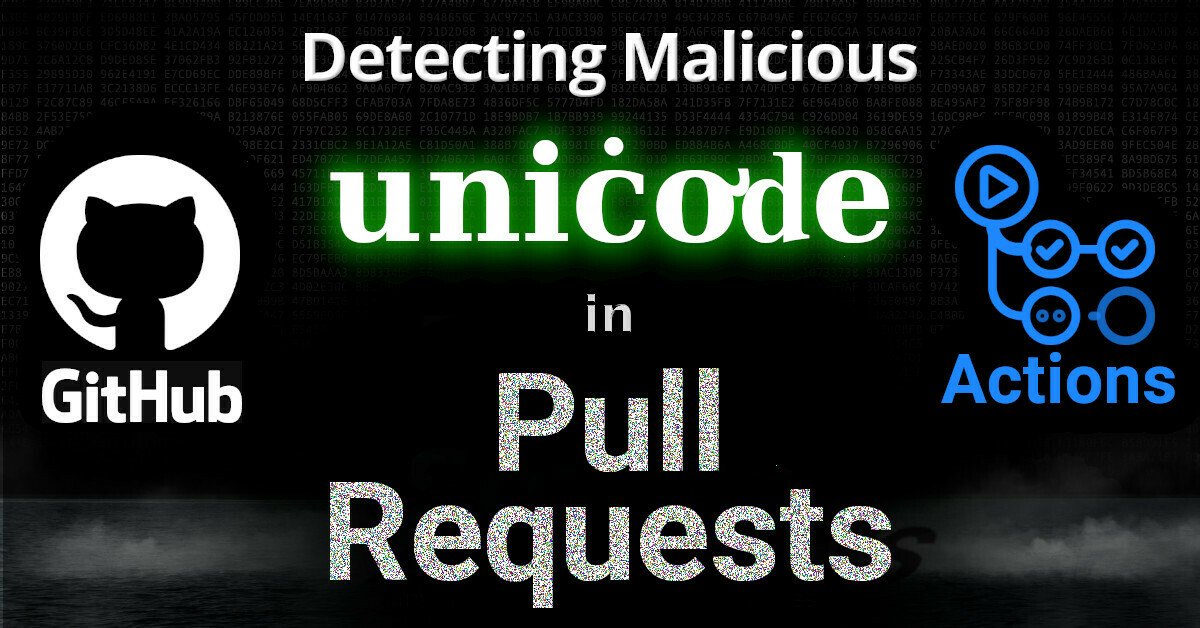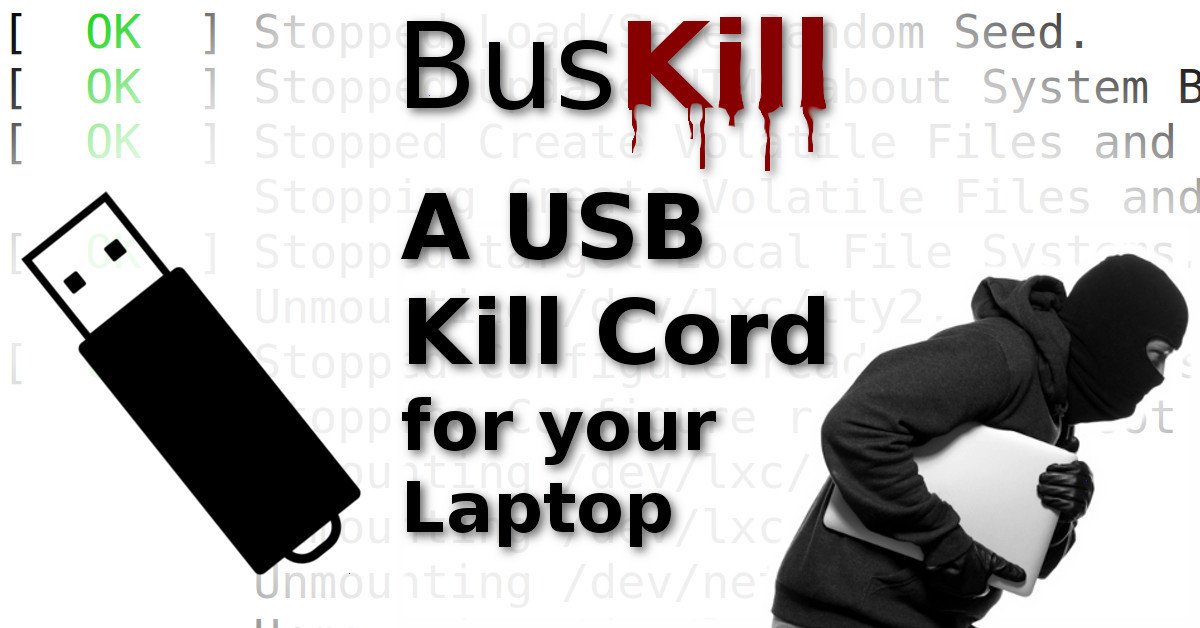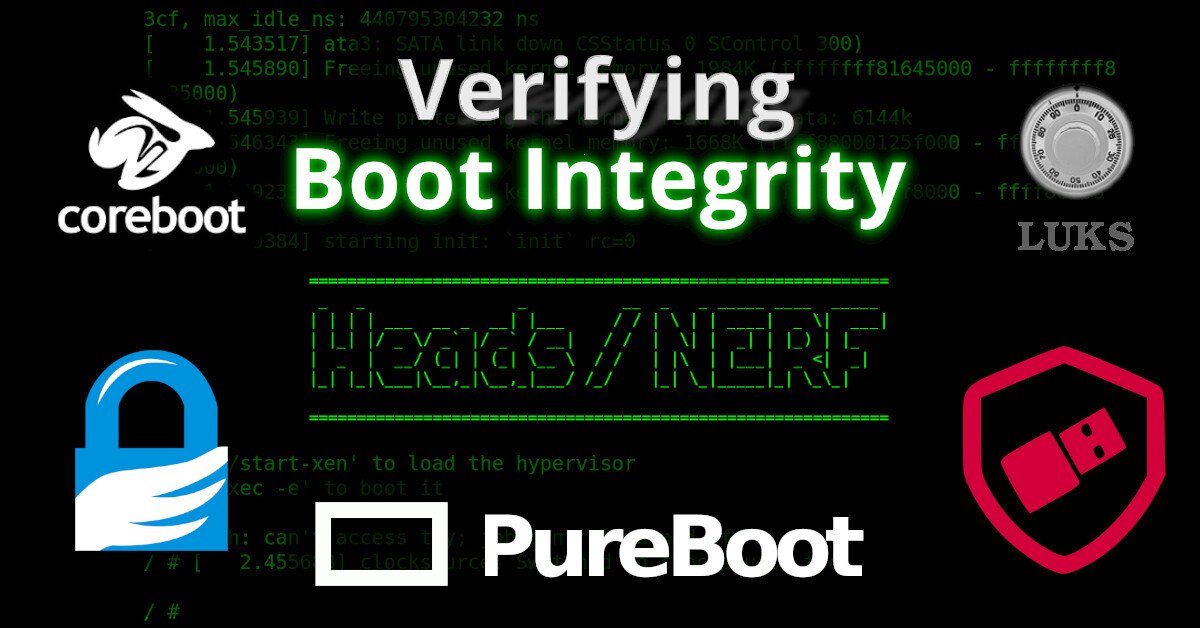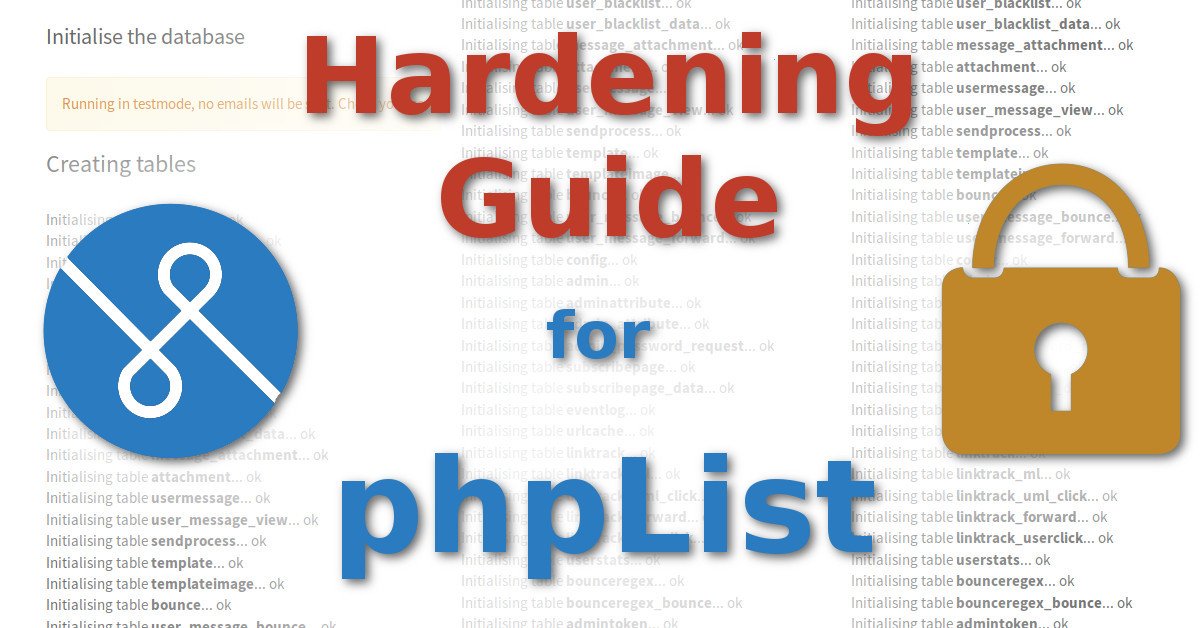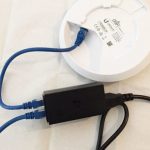
This post will introduce a simple udev rule and ~$20 in USB hardware that effectively implements a kill cord Dead Man Switch to trigger your machine to self-destruct in the event that you're kicked out of the helm position.
Rubber Ducky I <3 you; you make hack time lots of fun!
Let's consider a scenario: You're at a public location (let's say a cafe) while necessarily authenticated into some super important service (let's say online banking). But what if--after you've carefully authenticated--someone snatch-and-runs with your laptop?
Maybe you can call your bank to freeze your accounts before they've done significant financial harm. Maybe you can't.
Or maybe your laptop was connected to your work VPN. In less than 60 seconds and with the help of a rubber ducky, the thief could literally cause millions of dollars in damages to your organization.
Surely there must be some solution to trigger your computer to lock, shutdown, or self-destruct when it's physically separated from you! There is: I call it BusKill.
Michael Altfield
Hi, I’m Michael Altfield. I write articles about opsec, privacy, and devops ➡
About Michael
. . . → Read More: Introducing BusKill: A Kill Cord for your Laptop
